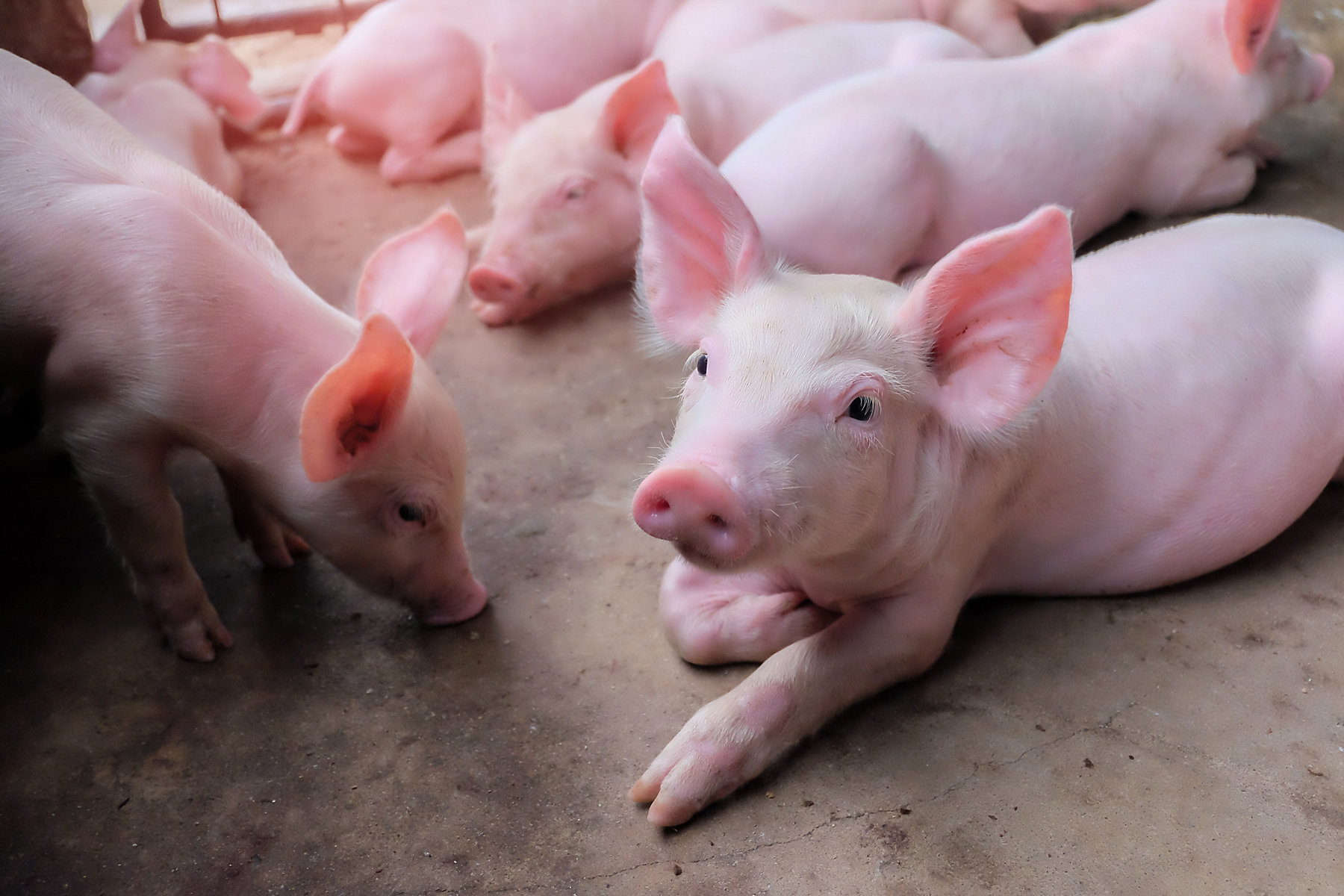Even at levels that don’t yield a drag on feeding performance, animals can experience immune, reproductive and hematological system problems when infected with T-2, which is produced by the Fusarium fungus F. sporotrichioides. T-2 can also inhibit protein, RNA and DNA synthesis, impairing an animal’s ability to repair tissues critical to self-defense from other invasive, illness-causing molecules.
“These effects are primarily rapidly replicating cells such as gut lining, skin and lymphoid cells, thus impacting efficiency of nutrient uptake and efficacy of the immune system,” Matzat added. “Leaky gut can ensue, as the tight junction proteins can be affected by protein turnover and a reduction in protein synthesis.”
DON Infection Symptoms
DON, also known as vomitoxin, is produced by Fusarium fungus and causes major declines in feed uptake and efficiency in infected animals. In addition to its presence in most livestock and poultry feed grains, a complicating factor for DON is its heat tolerance; this is just one quality of the toxin that enables it to infiltrate other systems, organs and internal structures such as blood plasma, bile, the liver and kidneys after infected feed is consumed and the toxin breaks down GI epithelial tissues and enters the body’s other systems.
“DON can have a large negative impact on swine performance and financial outcomes,” he said. “At levels in feed less than one part per million (ppm), there is no impact on performance. However, at three ppm in feed, intake is reduced and pig performance suffers. At 10 ppm, we can see severe feed rejection, dermal skin irritation and immune system suppression. At levels of 20 ppm or higher, we observe complete feed refusal and vomiting.”
Both T-2 and DON share the common outcome of not only causing damage from the toxin itself, but also opening the door to other diseases and illnesses.
“If a mitigation strategy is not implemented, significant reduction in animal performance and economic outcomes will be impacted,” Matzat said. “Reduced feed intake and reduced daily gain will be impacted, as well as the ability of animal to fight off disease pressure normally found in modern production facilities.”
Testing and Broader Control
Matzat is a strong proponent of testing feed supplies for molds and mycotoxins before they’re integrated into a ration. Though ideally you want a feed source that’s free of molds and mycotoxins, adding products such as Myco CURB®, an organic acid combination and KALLSIL™, an enhanced zeolite mineral - can help reduce damage from molds and mycotoxins and allow the producer to take action before there is a problem.
“A lot of feed mills are doing a pretty good job of testing for these mycotoxins because we know that they can severely impact performance,” Matzat said. “It’s been a topic of a lot of discussion lately, with DON and T-2 showing up more frequently in the eastern Corn Belt and Southeastern U.S. But we like to have feed grains tested everywhere — especially in places where livestock producers originate grain from all over the world. It’s a good first step in mitigating mycotoxin damage.”
Ultimately, testing like this — which typically involves a feed supplier or mill sending samples to a certified laboratory — is critical to controlling not only mycotoxin damage, but also the myriad other illnesses and conditions they can cause.
“When an animal’s immune system is suppressed and you have an animal lose its ability to fight off infection and other diseases, it affects the entire health spectrum,” Matzat said. “After you see the main effect of reduced feed consumption, mycotoxins can impact other areas of animal performance, and we want to prevent these conditions and secondary infections.”

